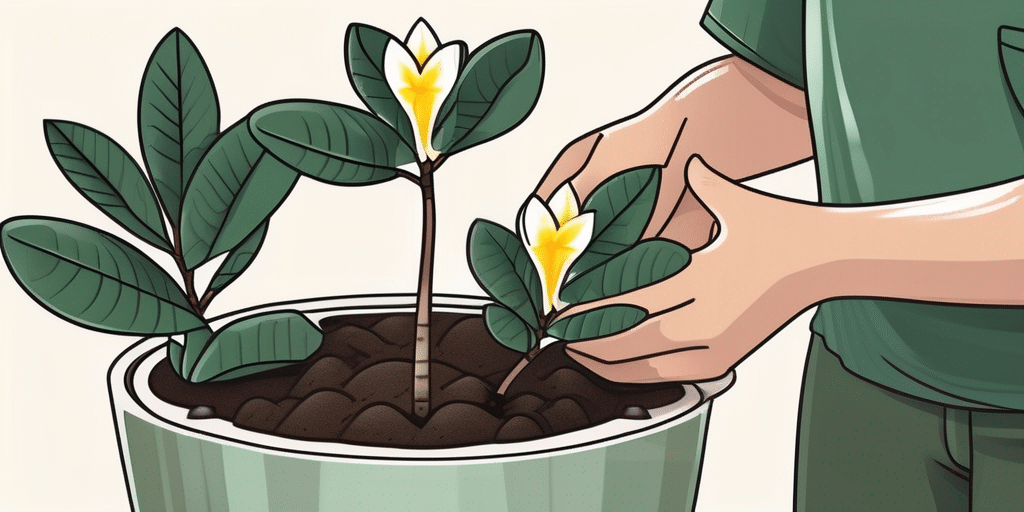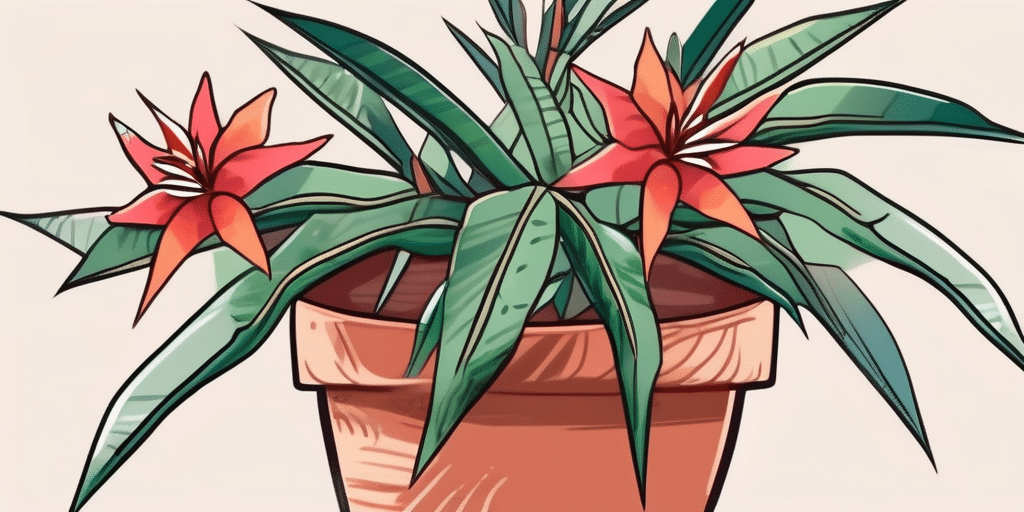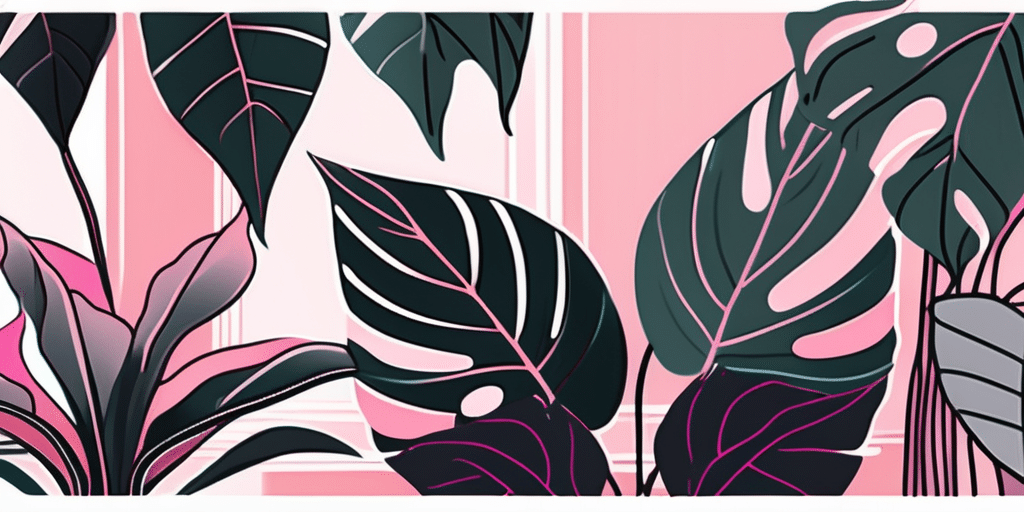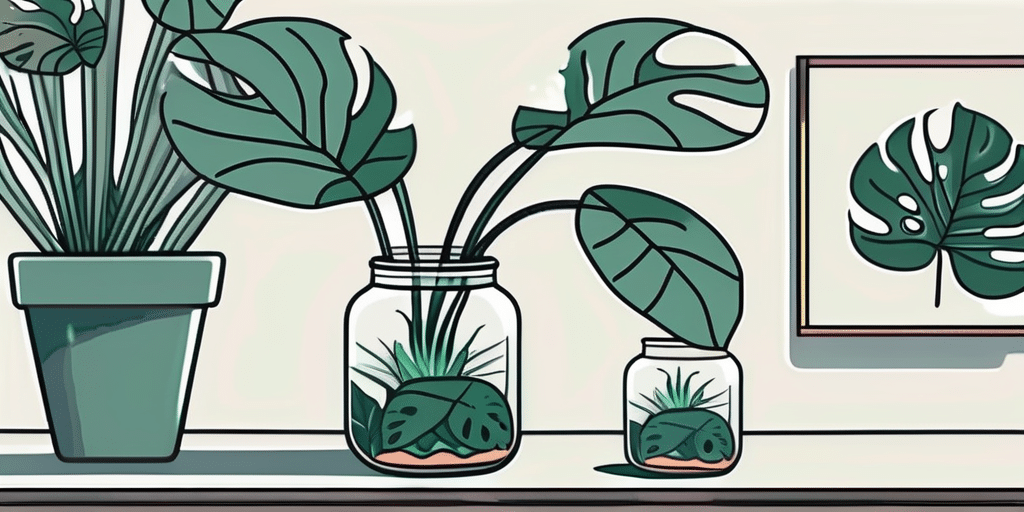Are you looking for a unique and stunning addition to your garden? Look no further than the firestick plant! With its vibrant red foliage and low-maintenance care requirements, the firestick plant is an excellent choice for both novice and experienced gardeners. In this ultimate guide, we will walk you through everything you need to know about growing a firestick plant, from understanding its origin to troubleshooting common issues. So, let’s dive in and discover the secrets to successfully cultivating this beautiful desert succulent.
Understanding the Firestick Plant
Before we get our hands dirty, let’s begin by understanding the firestick plant. This unique succulent, also known as Euphorbia tirucalli ‘Sticks on Fire,’ is native to South Africa and Madagascar. Its striking red stems resemble sticks on fire, hence its popular name.
The firestick plant is not only visually captivating but also possesses fascinating characteristics that make it a standout choice for gardening enthusiasts. Its botanical name, Euphorbia tirucalli, hints at its membership in the Euphorbiaceae family, a diverse group of plants known for their unique features. The firestick plant’s pencil-thin, upright stems can reach impressive heights of up to six feet, creating a striking vertical element in any garden landscape. Each stem is adorned with small, inconspicuous leaves that gradually shed as the plant matures, accentuating its minimalist aesthetic.
Origin and Characteristics of the Firestick Plant
The firestick plant belongs to the Euphorbiaceae family, which includes a diverse range of plants. It features pencil-thin, upright stems that can grow up to six feet in height. Each stem is crowned with small, inconspicuous leaves that fall off as the plant matures.
The firestick plant is drought-tolerant and thrives in hot, arid climates. It’s an excellent choice for xeriscaping projects or desert-themed gardens. Its vibrant red color intensifies when exposed to full sunlight.
One of the most intriguing aspects of the firestick plant is its ability to adapt to various environmental conditions, making it a versatile addition to any garden. Whether you reside in a dry, desert-like region or a humid coastal area, the firestick plant can thrive with minimal care. Its resilience in the face of drought and heat makes it a preferred option for water-wise landscaping, where it can add a touch of exotic flair to arid landscapes.
Why Choose a Firestick Plant for Your Garden
There are plenty of reasons to choose a firestick plant for your garden. Here are a few key benefits:
- Adds a pop of vibrant color to your garden
- Tolerates drought and requires minimal watering
- Thrives in full sunlight
- Low-maintenance and easy to propagate
- Suitable for both indoor and outdoor cultivation
Preparing for Planting
Now that you’re familiar with the firestick plant’s characteristics, it’s time to prepare for planting. Proper location selection and soil preparation are crucial for the plant’s long-term health and growth.
Before diving into the planting process, it’s important to note that the firestick plant, also known as Euphorbia tirucalli, is a striking succulent shrub native to Africa. Its vibrant green stems turn a fiery red hue in response to environmental stress, giving it a unique and eye-catching appearance. This plant is well-suited for arid climates and requires minimal water, making it a low-maintenance addition to any garden or indoor space.
Choosing the Right Location for Your Firestick Plant
The firestick plant loves bright, direct sunlight. When selecting a location, choose an area that receives at least six hours of full sun per day. Avoid shaded spots, as inadequate light exposure can lead to leggy growth and loss of color intensity.
If you plan to grow the firestick plant indoors, place it near a south-facing window or under artificial grow lights. Ensure the room temperature remains above 60°F (15°C) to prevent cold damage.
In addition to sunlight, consider the temperature and humidity levels in your chosen location. The firestick plant thrives in warm, dry conditions and is sensitive to cold temperatures. Avoid placing it near drafty windows or air conditioning vents to prevent temperature fluctuations that can stress the plant.
Soil Requirements for a Healthy Firestick Plant
Well-draining soil is essential for the firestick plant’s survival. The soil should allow excess water to flow freely and prevent waterlogging, which can lead to root rot. A mixture of sandy soil and perlite or pumice works well for this purpose.
To further improve drainage, consider adding organic matter such as compost or peat moss to the soil mixture. This will enhance the soil’s ability to hold moisture while preventing water saturation.
When planting the firestick, ensure the soil is well-drained and avoid overwatering, as this can cause the plant’s roots to rot. Allow the soil to dry out between waterings to mimic the plant’s natural habitat and prevent water-related issues.
Planting Your Firestick Plant
Now that your location and soil are ready, it’s time to plant your firestick! Follow these simple steps for a successful planting process:
Before you start planting your firestick plant, it’s important to consider the surrounding environment. Firestick plants thrive in well-draining soil and require plenty of sunlight to grow properly. Ensure that the location you have chosen provides adequate sunlight for at least 6-8 hours a day to promote healthy growth.
Step-by-Step Planting Process
- Prepare the planting hole by digging a shallow trench slightly wider and deeper than the pot the plant came in.
- Gently remove the firestick plant from its container, taking care not to damage the roots.
- Place the plant in the prepared hole, ensuring it sits at the same depth as it was in the pot.
- Backfill the hole with the prepared soil mixture, pressing it firmly around the plant’s base.
- Water the newly planted firestick thoroughly, allowing the water to soak the soil.
After planting your firestick, consider adding a layer of organic compost around the base of the plant. This will provide additional nutrients to the soil and help support the plant’s growth. Additionally, consider using a slow-release fertilizer to ensure your firestick plant receives a steady supply of nutrients over time.
Tips for Ensuring Successful Planting
- Avoid overwatering, as excessive moisture can cause root rot. Allow the soil to dry out between watering sessions.
- Provide support for the young plant if needed, as it may be top-heavy before establishing a strong root system.
- Consider applying a layer of mulch around the base of the plant to help retain moisture and suppress weeds.
Regularly monitor your firestick plant for any signs of pests or diseases. In case of infestation, promptly treat the plant with appropriate organic pesticides to prevent further damage. By following these planting tips and providing proper care, your firestick plant will flourish and add a touch of exotic beauty to your garden or indoor space.
Caring for Your Firestick Plant
Proper care is essential to maintain the health and beauty of your firestick plant. Let’s explore the key aspects of caring for this unique succulent.
Watering Your Firestick Plant: Best Practices
As a desert plant, the firestick has adapted to thrive in arid conditions, making it relatively drought-tolerant. However, it still requires regular watering to thrive and maintain its vibrant appearance.
Water your firestick plant deeply but infrequently. Aim to provide enough water to thoroughly wet the soil without saturating it. Allow the soil to dry out between watering sessions, as overwatering can lead to root rot.
During the winter months or in cooler climates, reduce watering frequency to mimic the plant’s natural dormancy period.
Fertilizing Your Firestick Plant: What You Need to Know
Unlike some plants that benefit from regular fertilization, the firestick plant does not require heavy feeding. Over-fertilization can actually be detrimental to its overall health.
Apply a balanced, water-soluble fertilizer with a low nitrogen content during the active growing season. Follow the manufacturer’s instructions regarding application rates and frequency.
Troubleshooting Common Firestick Plant Problems
Even with proper care, you may encounter a few challenges while growing your firestick plant. Let’s explore some common issues and how to deal with them.
Identifying and Treating Common Diseases
The firestick plant is relatively resistant to pests and diseases, but it’s not entirely immune. Here are a few common diseases you might encounter:
- Root Rot: Root rot occurs when the plant’s roots are consistently exposed to excess moisture. To prevent root rot, ensure proper soil drainage and avoid overwatering.
- Leaf Spot: Leaf spot disease presents as brown or black spots on the plant’s leaves. Remove affected leaves and adjust watering practices to prevent further spread.
If you suspect a disease is affecting your firestick plant, consult a local horticulturist or extension service for guidance on appropriate treatment methods.
Dealing with Pests: Prevention and Control
While the firestick plant is relatively resistant to pests, a few may still pose a threat. The most common pests to watch out for include:
- Mealybugs: These small, white insects cluster in the plant’s joints and crevices. Use a cotton swab soaked in rubbing alcohol to remove mealybugs manually.
- Aphids: Aphids are tiny, soft-bodied insects that can cause leaf curling and distortion. Spray the affected plant parts with a solution of water and mild liquid soap to deter these pests.
Regularly inspect your firestick plant for signs of pest activity, such as discolored leaves or sticky residue. Promptly address any infestations to prevent damage to your plant.
With the information and tips provided in this ultimate guide, you have all the tools you need to successfully grow a vibrant firestick plant. Remember, patience and consistency are key when caring for this unique succulent. By providing the proper sunlight, well-draining soil, and correct watering practices, your firestick plant will thrive and become a stunning focal point in your garden. Happy gardening!
Join Our Green-Thumbed Community!
Ready to transform your garden into a vibrant oasis? Subscribe for free to How to Grow Everything and start building the garden of your dreams today! Receive tailored gardening advice and tips that match your specific location, grow zone, and experience level. With our family’s promise of no spam, just the best gardening secrets and special offers delivered straight to your inbox, you’ll be growing a stunning firestick plant and much more in no time. Join our community and let’s grow together!





